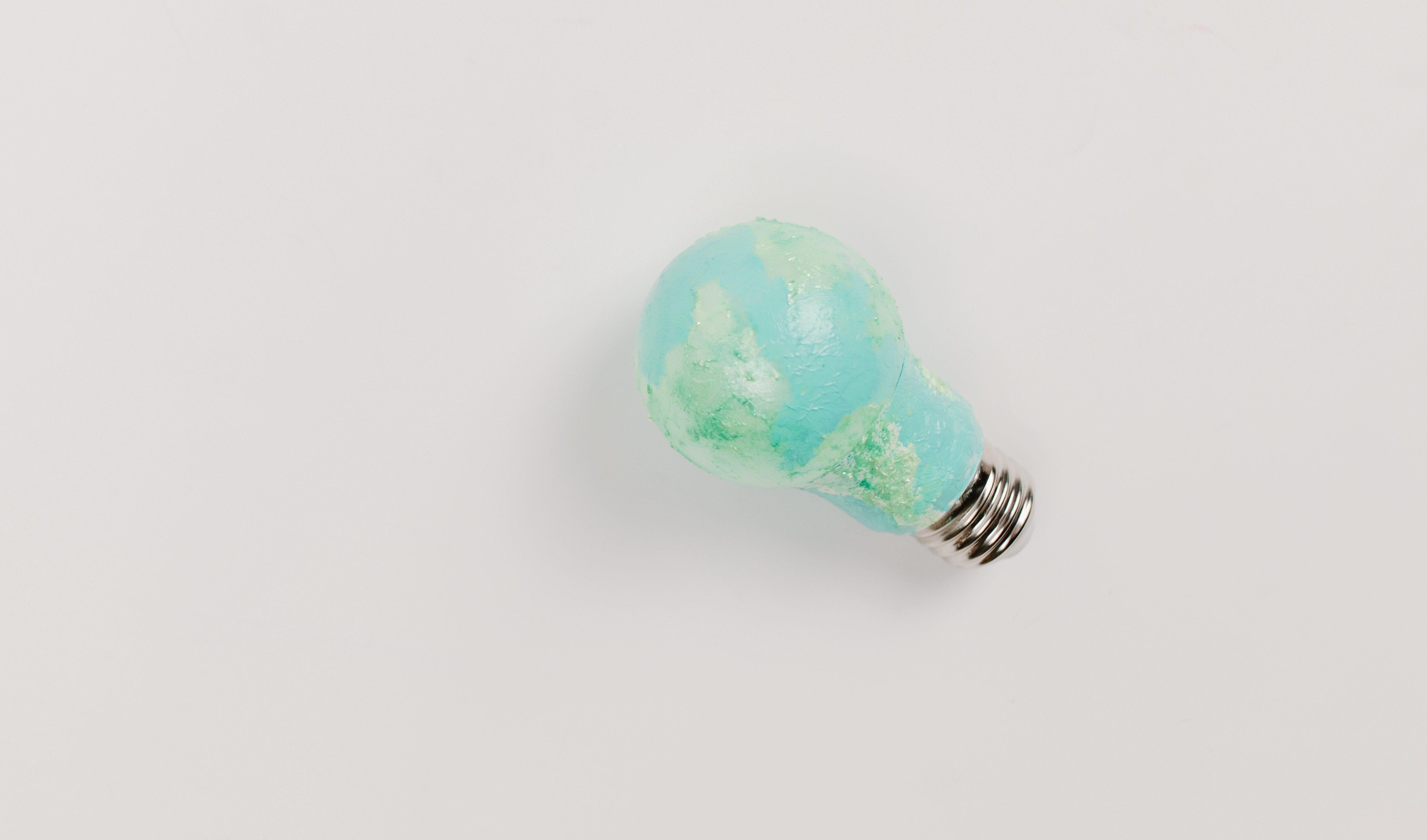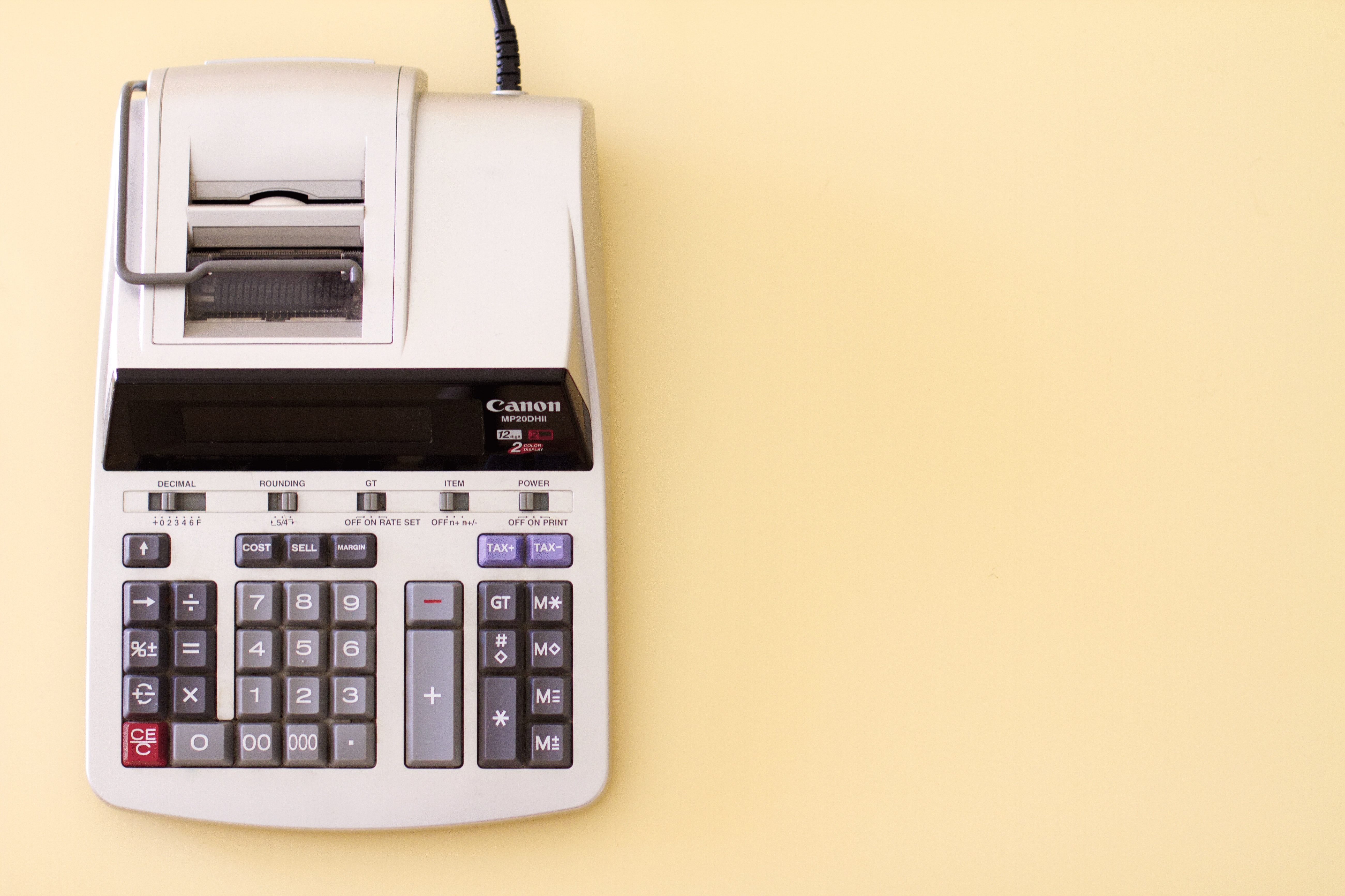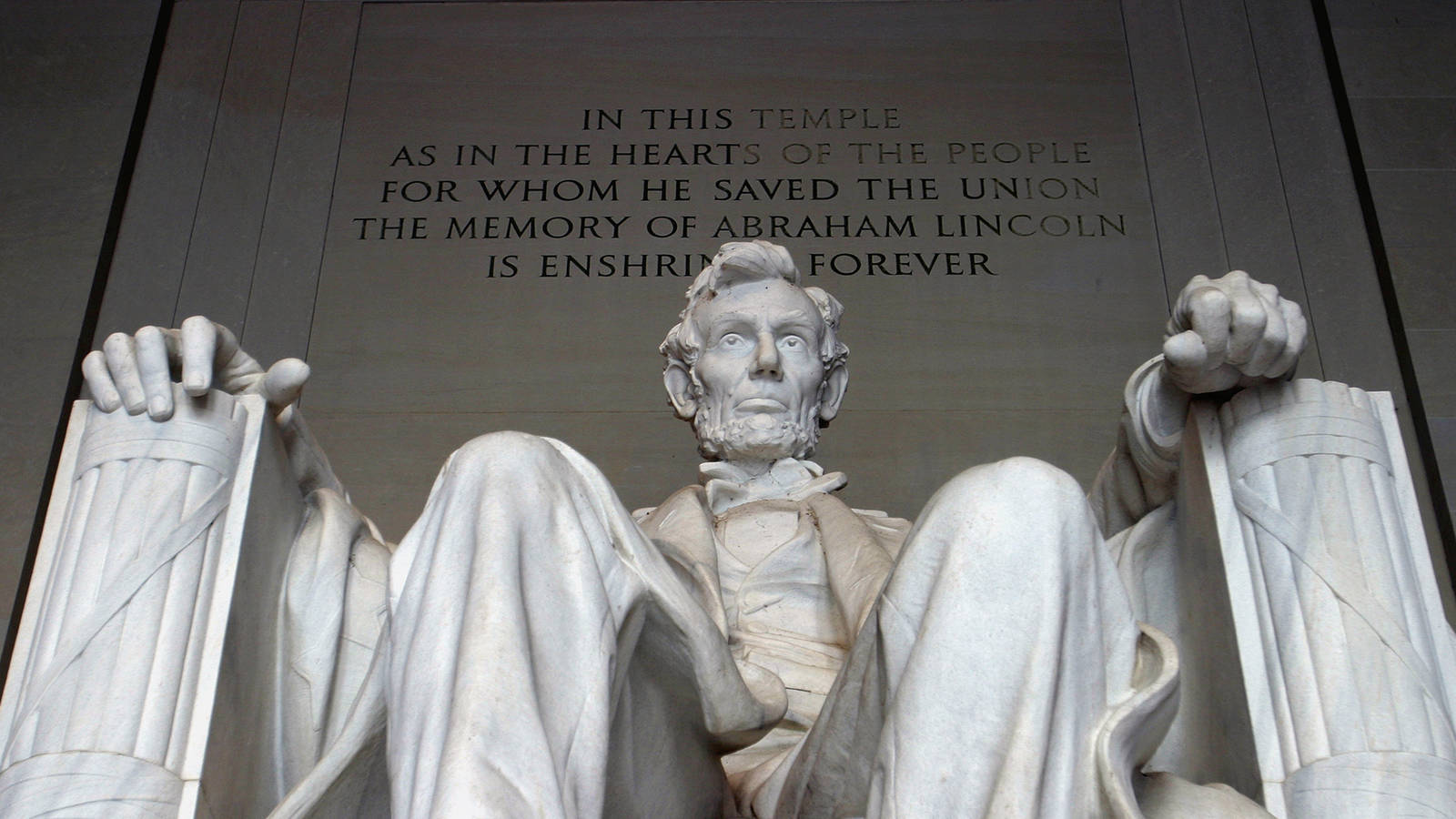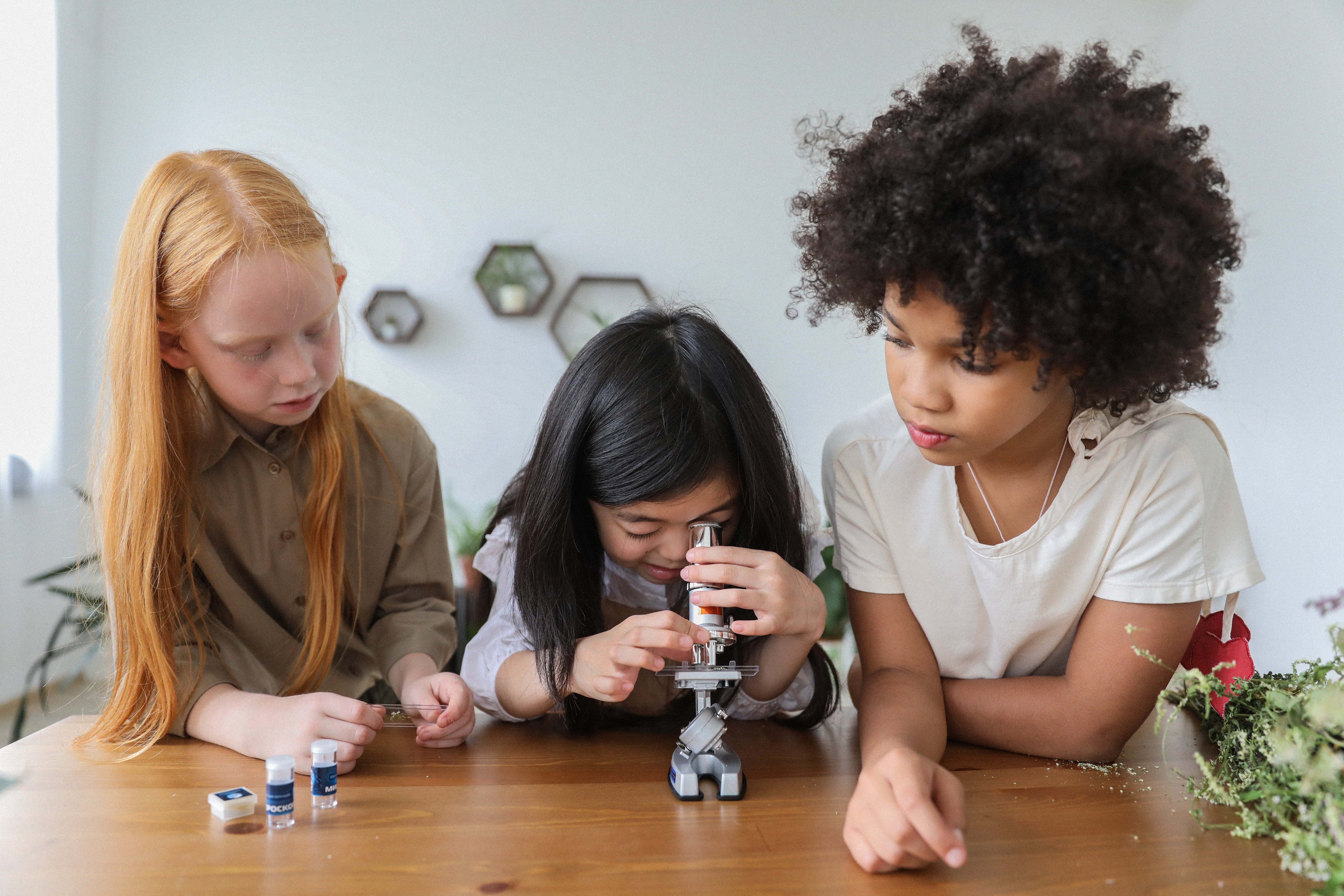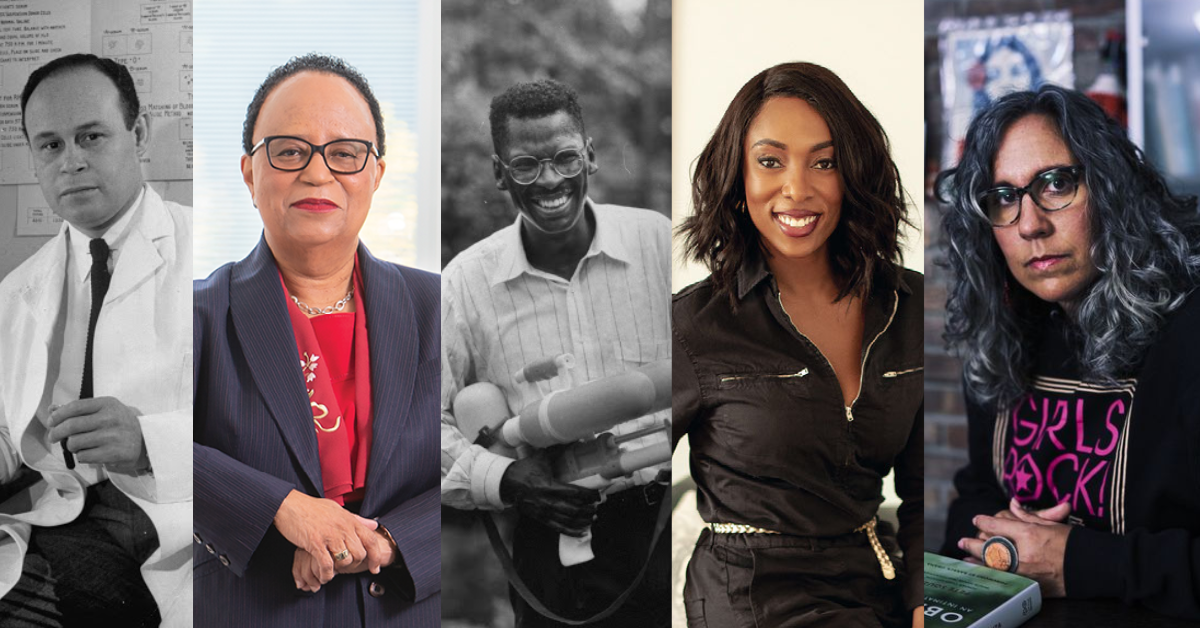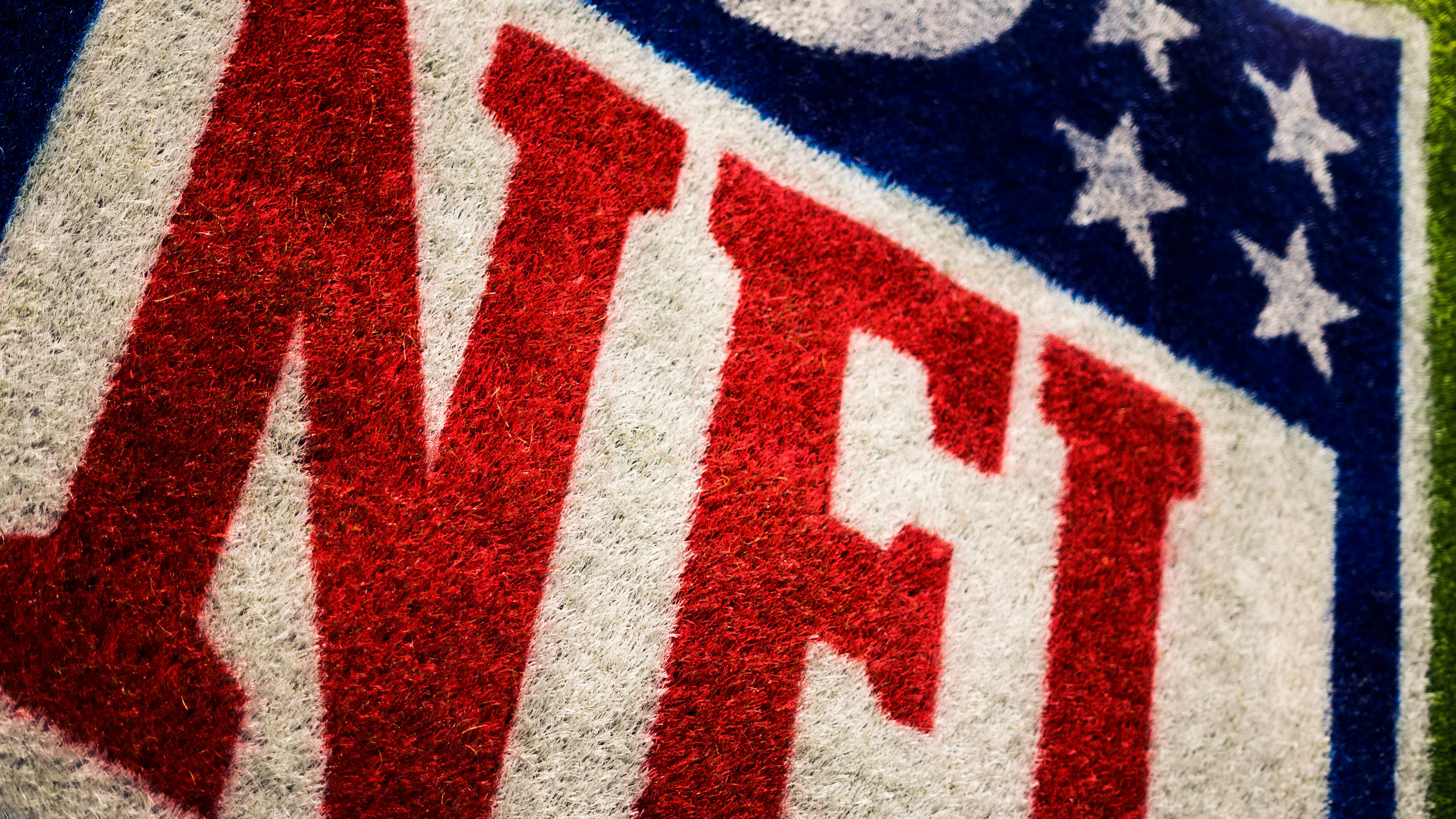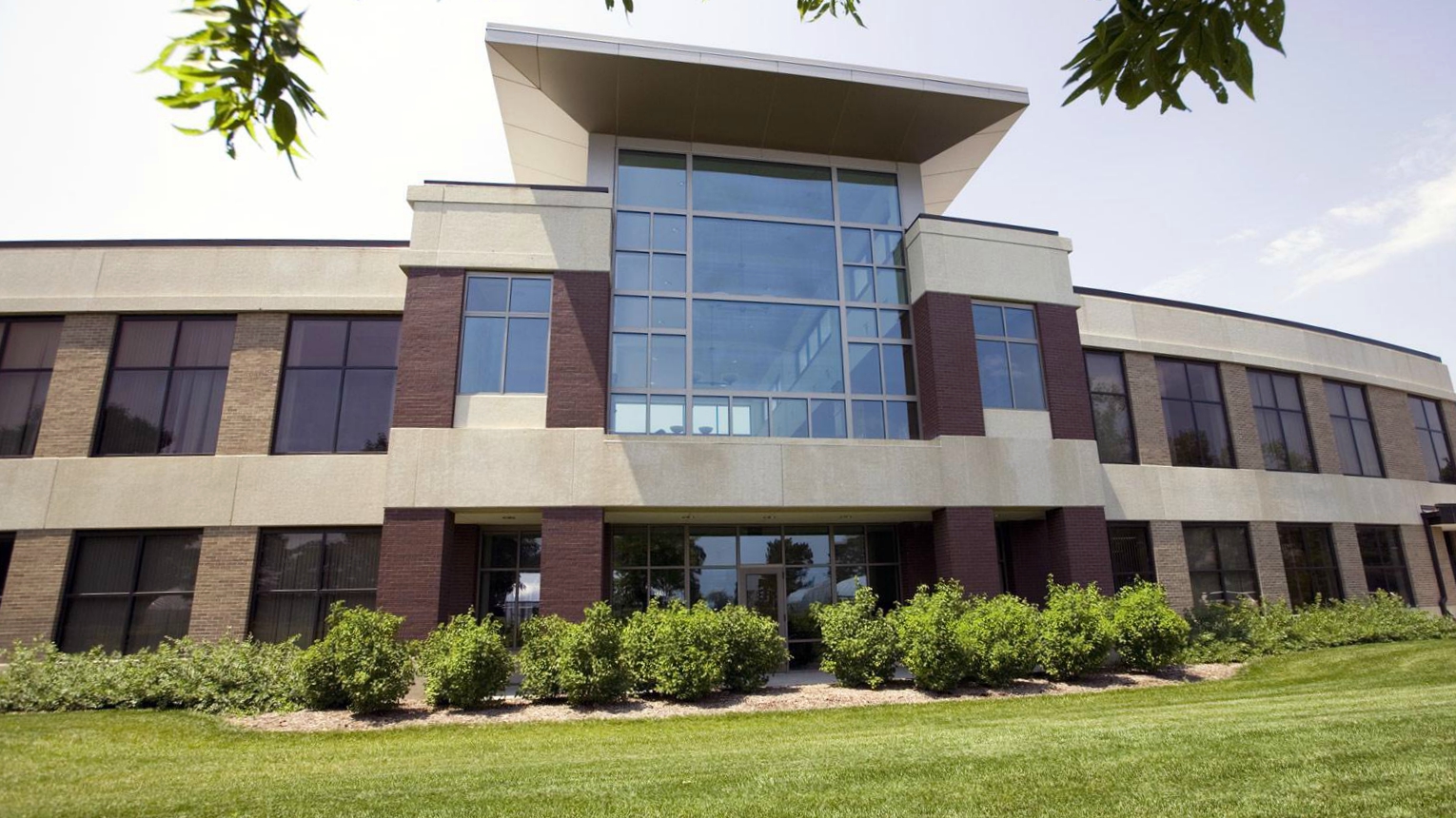Suiter Swantz Welcomes Intellectual Property Paralegal Sally Strobel
Sally Strobel joins Suiter Swantz IP as an Intellectual Property Paralegal.

Sally holds a Bachelors of Science in Criminal Justice with minors in Business Administration and Psychology from the University of South Dakota. Additionally, Sally has an Associates Degree in Paralegal Studies.
Sally has worked in several fields of law and has extensive experience as a paralegal. Prior to joining Suiter Swantz IP, Sally worked for a large IP management and technology company.
When she’s not working, Sally enjoys working with and riding horses, fishing, and traveling with her husband.
Suiter Swantz IP is a full-service intellectual property law firm providing client-centric patent, trademark, and copyright services. If you need assistance with an intellectual property matter and would like to speak with one of our attorneys, please contact us at info@suiter.com.
Celebrating Earth Day With Recycling Innovations
To celebrate Earth Day, we want to focus on sustainable, environmentally friendly technologies.
This year, we wanted to focus on inventions related to recycling. Recycling is the top action society can do to improve the environment, the economy and sustainable manufacturing. Below are some well-known green inventions that are changing our world.
Apparatus for Amplifying Solar Energy by Recycling Greenhouse Gas (U.S. Patent Application No. 20140102439)
Solar energy, a renewable form of energy, can be collected all over the the world. Additionally, it can generate electricity in large quantities.
For this invention, inventor Yong Lee developed a way to cut down on the complexity of generating energy through solar means while also utilizing greenhouse gases. The application, filed in 2010, describes this invention as consisting of a sealed compartment through which greenhouse gases can flow. When exposed to sunlight, the greenhouse gas can be used as a way to providing heat to water.

City Parks for Resource Recycling and Green Revolution (U.S. Patent No. 20140083937)
Freshwater makes up a small fraction of all water on the planet. While nearly 70 percent of the world is covered by water, only 2.5 percent of it is fresh. The rest is saline and ocean-based.
To help with water scarcity issue some areas face, the Tarim Resource Recycling Company of England came up with a water recycling system. The system has the added benefit of using carbon emissions to recycle wastewater into biologically cleaned water, making it OK to drink in communities throughout the world.
Portable Recycling Center (U.S. Patent No. 8684437)
The goal of any recycling center to make recycling easier and accessible for individuals.
Inventor Jeff Collins came up with a portable recycling center housed in a multipurpose trailer. The trailer recycling system includes rollers, articulated booms and other means for collecting recyclables from individuals and depositing them into various compartments. The trailer also includes a storefront section with office space, bathroom, fresh water tank and other useful amenities.

Whether you're learning about solar energy or taking advantage of your city's recycling program, there are numerous ways technology and innovation is helping restore our Earth.
Suiter Swantz IP is a full-service intellectual property law firm providing client-centric patent, trademark, and copyright services. If you need assistance with an intellectual property matter and would like to speak with one of our attorneys, please contact us at info@suiter.com.
Suiter Swantz IP Welcomes IP Docketing Specialist Theresa Cleveland
Theresa Cleveland joins Suiter Swantz IP as an IP Docketing Specialist.

Theresa holds a Bachelors of Business Administration in Finance from Walsh College of Accountancy and Business Administration in Troy, Michigan. She also holds a Master of Arts in Teaching from Wayne State University in Detroit, Michigan.
Theresa has extensive experience in docketing. Prior to joining Suiter Swantz IP, Theresa worked for large and small boutique IP law firms and in the IP departments of full-service law firms.
When she’s not working, Theresa enjoys watching the wildlife in her yard, hiking through the woods, cooking and baking and, most of all, hanging out and laughing with her family.
Suiter Swantz IP is a full-service intellectual property law firm providing client-centric patent, trademark, and copyright services. If you need assistance with an intellectual property matter and would like to speak with one of our attorneys, please contact us at info@suiter.com.
Google v. Oracle: SCOTUS Rules in Favor of Google and API Developers
After a decade-long legal battle between Google and Oracle, the Supreme Court has ruled in favor of Google - marking a win for the future of software.
In a 6-2 decision, the Supreme Court decided that Google’s limited copying of the Java SE Application Programming Interface (API) constituted fair use under copyright law.
When Google implemented its Android Operating System (Android OS), it wrote its programming language based on Java, which Oracle owns. Oracle sued Google for copyright infringement in 2010, but the federal district judge held that APIs are not subject to copyright because permitting a private entity to own the copyright to a programming language would not encourage innovation and collaboration, contrary to copyright goals.
Section 107 of the Copyright Act provides four factors that courts are to consider in deciding fair use issues:
- The purpose and character of the use, including whether such use is of a commercial nature or is for nonprofit educational purposes;
- the nature of the copyrighted work;
- the amount and substantiality of the portions used in relation to the copyrighted work as a whole; and
- the effect of the use upon the potential market for or value of the copyrighted work.
The opinion delivered by the Supreme Court found that Google’s use of the Java APIs is transformative. Google copied only what was necessary to allow programmers to work in a different computing environment but with a familiar programming language. Second, the copied lines are “inherently bound together with uncopyrightable ideas,” suggesting that the application of fair use to this context is unlikely to undermine the general copyright protection that Congress provided for computer programs. Third, Google copied only .4% of the entire API, weighing in favor of fair use. Finally, the record shows that Google’s new smartphone platform is not a market substitute for Java SE. Because all four factors support a finding of fair use, Google’s limited copying constituted fair use.
The full opinion of the Court can be found here.
Suiter Swantz IP is a full-service intellectual property law firm providing client-centric patent, trademark, and copyright services. If you need assistance with an intellectual property matter and would like to speak with one of our attorneys, please contact us at info@suiter.com.
St. Patrick's Day IP - Shamrock Trademark History
Before you put on that green t-shirt and pull out your Saint Patrick's Day decorations, let's take a look at two of the most notable Irish symbols and how they're protected.
What started as a religious feast day to honor the patron saint of Ireland, who ironically was born in Britain, has now evolved into a day to celebrate Irish heritage and culture.
The Harp
Ireland has the distinction of being the only nation to have a musical instrument as a national emblem. Harps have been a part of Irish heraldry for over seven hundred years, so it was an easy enough choice when Guinness designed its first bottle label in 1862 using a harp as their logo.
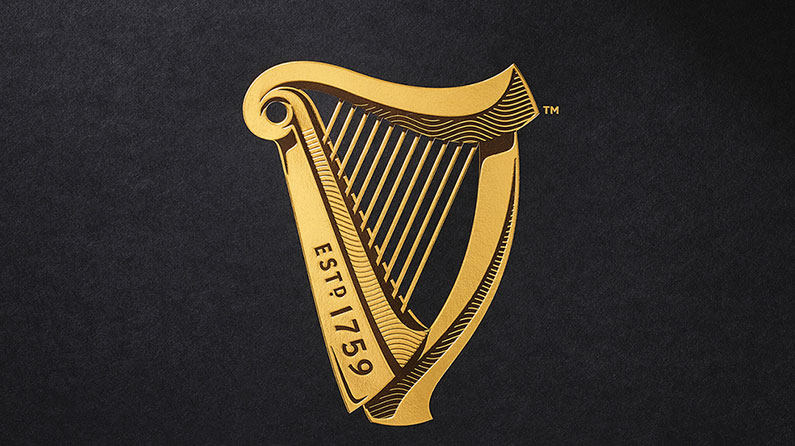
The infamous Guinness (No. 0321014) stout registered its harp as a trademark way back in 1862. To differentiate their harp emblem from the trademarked Guinness emblem, the Irish government turned their harp in the opposite direction of the Guinness harp for trademark purposes. The iconic dark stout travels in equally recognizable containers, each emblazoned with a Gaelic harp modeled on the famous 14th-century “Brian Boru’s” harp, currently preserved in Dublin’s Trinity College.
Before the Guinness Company’s harp label, each bottler used their own label. The new, brewer-made labels were not only designed to build brand identity, but also as a form of quality control: Guinness forced its bottlers to promise not to sell any other stout in Guinness bottles, preventing adulteration. The campaign proved to be a success, and as bottles were shipped around the world, thirsty consumers came to associate the harp with Guinness and consistent, quality stout. In 1876 the harp was officially registered as a company trademark in Great Britain, under the newly-enacted Trademarks Registration Act of 1875.
The Shamrock
Tradition holds that St Patrick used the shamrock, when preaching the Christian gospel in Ireland to explain the concept of the Trinity. Today the shamrock is also used extensively as a badge by Irish sports teams and for some Irish state organizations and companies. It is also displayed on the uniforms of Irish troops serving abroad.
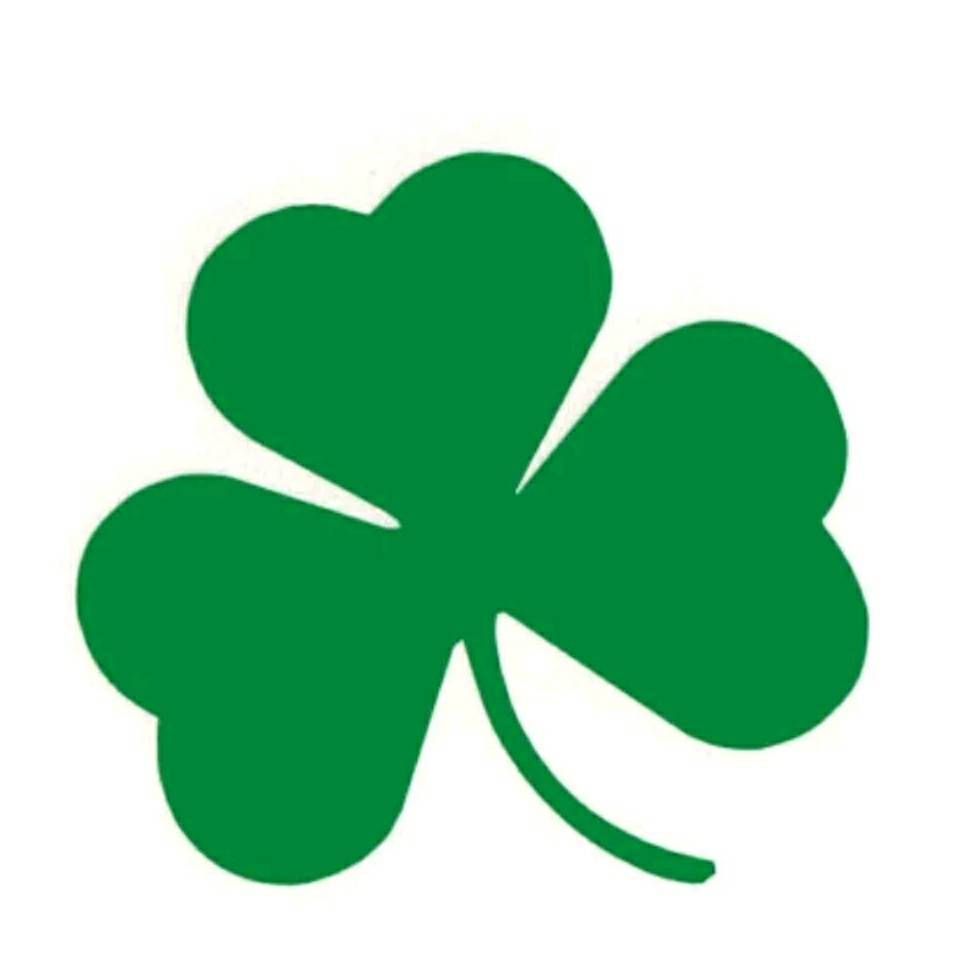 The Irish government officially adopted the shamrock as a state emblem back in 1985. Both the shamrock and harp can’t be used without official permission. According to the Irish government's website, anyone who wishes to obtain registration of a trademark containing a State emblem or to use a State emblem in connection with any business must gain consent from the Minister of Jobs, Enterprise and Innovation.
The Irish government officially adopted the shamrock as a state emblem back in 1985. Both the shamrock and harp can’t be used without official permission. According to the Irish government's website, anyone who wishes to obtain registration of a trademark containing a State emblem or to use a State emblem in connection with any business must gain consent from the Minister of Jobs, Enterprise and Innovation.
From all of us at Suiter Swantz IP, Happy St. Patrick’s Day and may the luck of the Irish be with you and your family!
Suiter Swantz IP is a full-service intellectual property law firm providing client-centric patent, trademark, and copyright services. If you need assistance with an intellectual property matter and would like to speak with one of our attorneys, please contact us at info@suiter.com.
Shane Thielen Teaching Copyrights Course at Creighton University School of Law
Suiter Swantz IP Patent Attorney, Shane Thielen, is teaching Copyrights at Creighton University School of Law during the 2021 spring semester.
 Shane's course focuses primarily on the Copyright Act of 1976 and considers the types of works protected, the requirements for protection, and the scope of protection. The course also focuses on copyright issues created by recent and emerging technologies in the computer and electronic commerce areas.
Shane's course focuses primarily on the Copyright Act of 1976 and considers the types of works protected, the requirements for protection, and the scope of protection. The course also focuses on copyright issues created by recent and emerging technologies in the computer and electronic commerce areas.
Shane holds a B.S. in Computer and Systems Engineering from Rensselaer Polytechnic Institute. He received a Juris Doctor, with honors, from Creighton University School of Law.
Shane is admitted to the U.S. District Court, District of Nebraska; admitted to the Nebraska Supreme Court; and is registered to practice before the United States Patent and Trademark Office.
Suiter Swantz IP is a full-service intellectual property law firm providing client-centric patent, trademark, and copyright services. If you need assistance with an intellectual property matter and would like to speak with one of our attorneys, please contact us at info@suiter.com.
Celebrating President's Day: Who Was The Only President To Hold A Patent?
In honor of President's Day, we're uncovering the only president-held invention and who is considered to be the 'Father of Invention.'
Abraham Lincoln is the first, and only, president to gain recognition as an inventor.
Well before becoming the 16th president of the United States, the young Abraham Lincoln was known for his interest in engineering and mechanics. Lincoln, who had a long fascination with how things worked, invented a flotation system for lifting riverboats stuck on sandbars. On March 10, 1849, Abraham Lincoln filed a patent for a device for "buoying vessels over shoals" with the U.S. Patent Office. Two years later, Patent No. 6,469 was approved. His invention, "adjustable buoyant air chambers," would be attached to the sides of a boat. They could be lowered into the water and inflated to lift the boat over under-water obstacles.
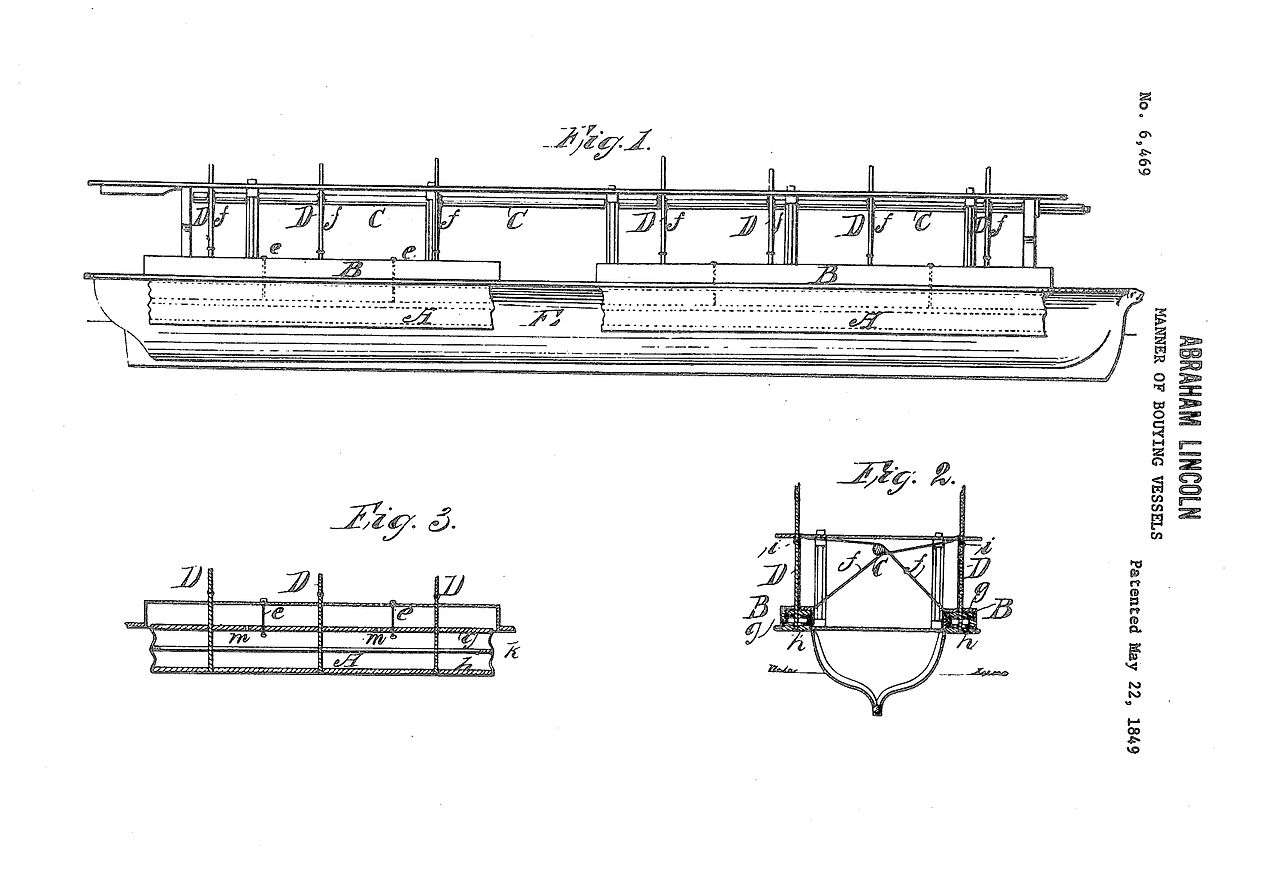
Lincoln envisioned a system of waterproof, inflatable air chambers to help ease a stuck ship over barriers and to avoid a disaster. As part of the research process, Lincoln designed a scale model of a ship equipped with the device. Though the invention was never manufactured, a version of his model is held at the Smithsonian Museum.
Suiter Swantz IP is a full-service intellectual property law firm providing client-centric patent, trademark, and copyright services. If you need assistance with an intellectual property matter and would like to speak with one of our attorneys, please contact us at info@suiter.com.
Love Is Patent, Love Is Kind: Our Favorite Patents For Valentine's Day
Whether you celebrate Valentine's Day or avoid it, we can all get some enjoyment from the various pieces of popular intellectual property associated with the holiday.
Before you buy yourself a box of chocolates or a bouquet of roses, consider all of the innovation that has been poured into the Valentine's Day gifts and sweets.
1. Heart-Shaped Chocolate - U.S. Patent No. D449,147
Chocolates are one the most popular Valentine’s Day gifts, so its no surprise to see store shelves showcasing heart-shaped chocolates around this time of year. There are over 400 patents related to chocolate, one of them being Verlooy Herwig's design patent for heart-shaped chocolate. His design has since become a classic gift to give yourself or to the people you love.
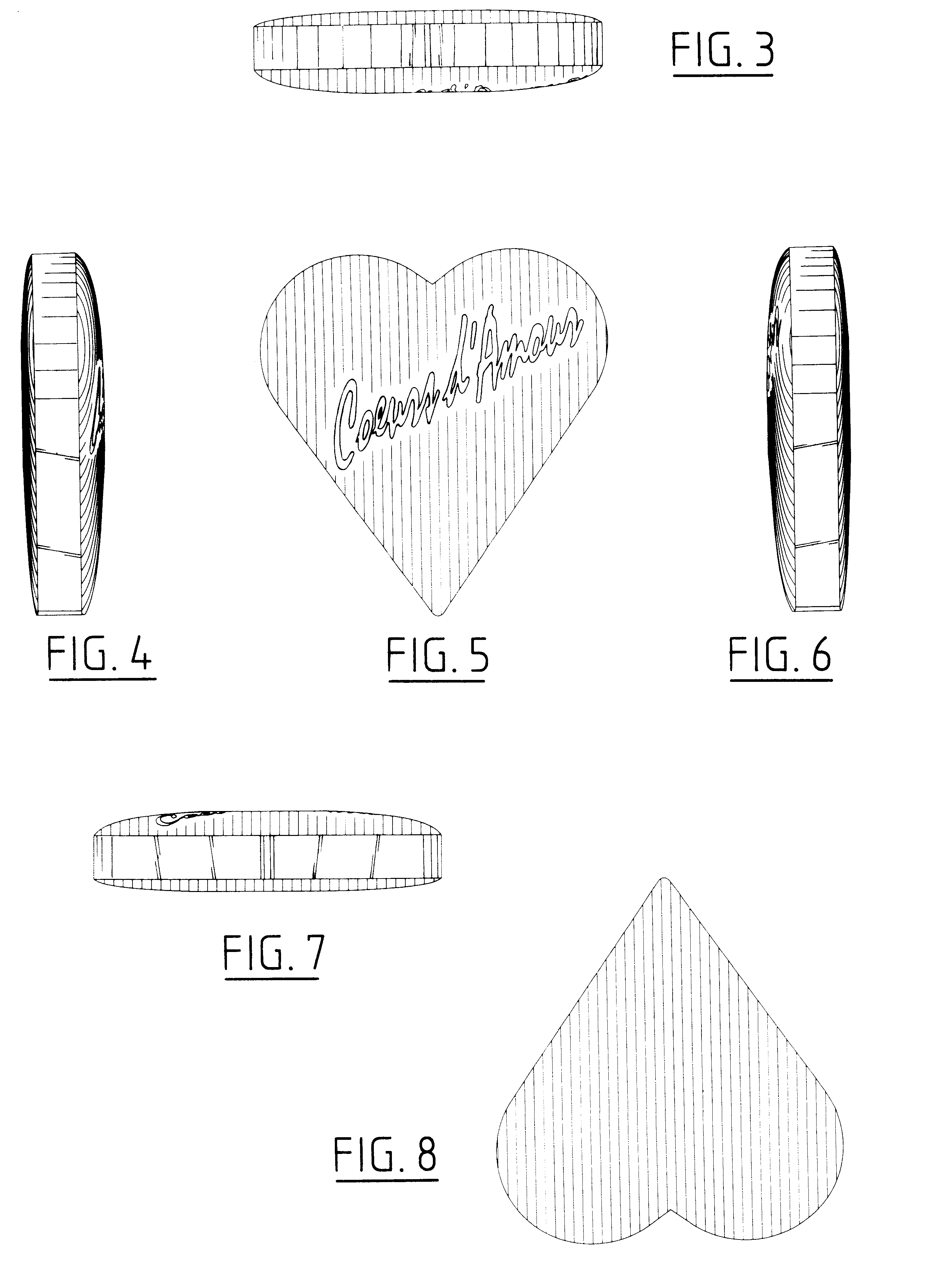
2. Personalized Greeting Card - EP555,2333
Musical greeting cards were patented by Ellen Bumpus Johnson and Daryl Leonard Ivey on July 23, 1997. Conceived as a way to further personalize greeting cards, musical greeting cards ushered in a new era in the greeting card industry. What better way to say “I love you” than purchasing a singing card?

3. Climbing or Trailing Rose - USPP1P
Roses have always been associated with Valentine’s Day, but who knew they were also significant in patent history? The first plant patent ever granted was to a Mr. Henry F. Bosenberg in 1931. Bosenberg intended to lengthen the amount of time that a climbing rose would bloom in order to match the longer blooming period of non-climbing roses.
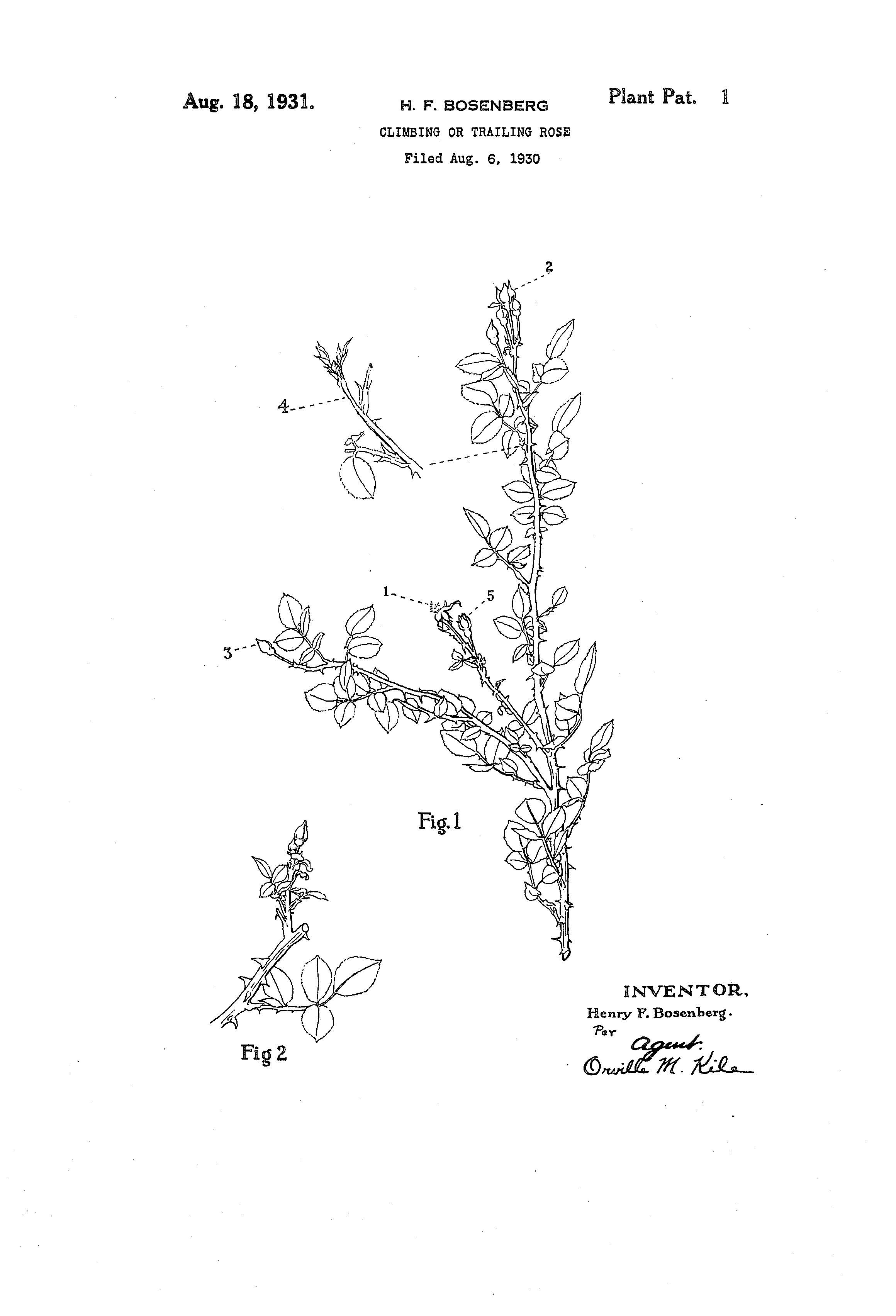
4. Method of Making A Heart-Shaped Diamond - U.S. Patent No. US6434805b2
For those who are feeling fancier during this holiday, thank Ami Haimoff for patenting a new way to make heart-shaped diamonds. The process, patented in 2002, involves cutting two pear-shaped diamonds and placing them side-by-side in a way that creates a heart shape.
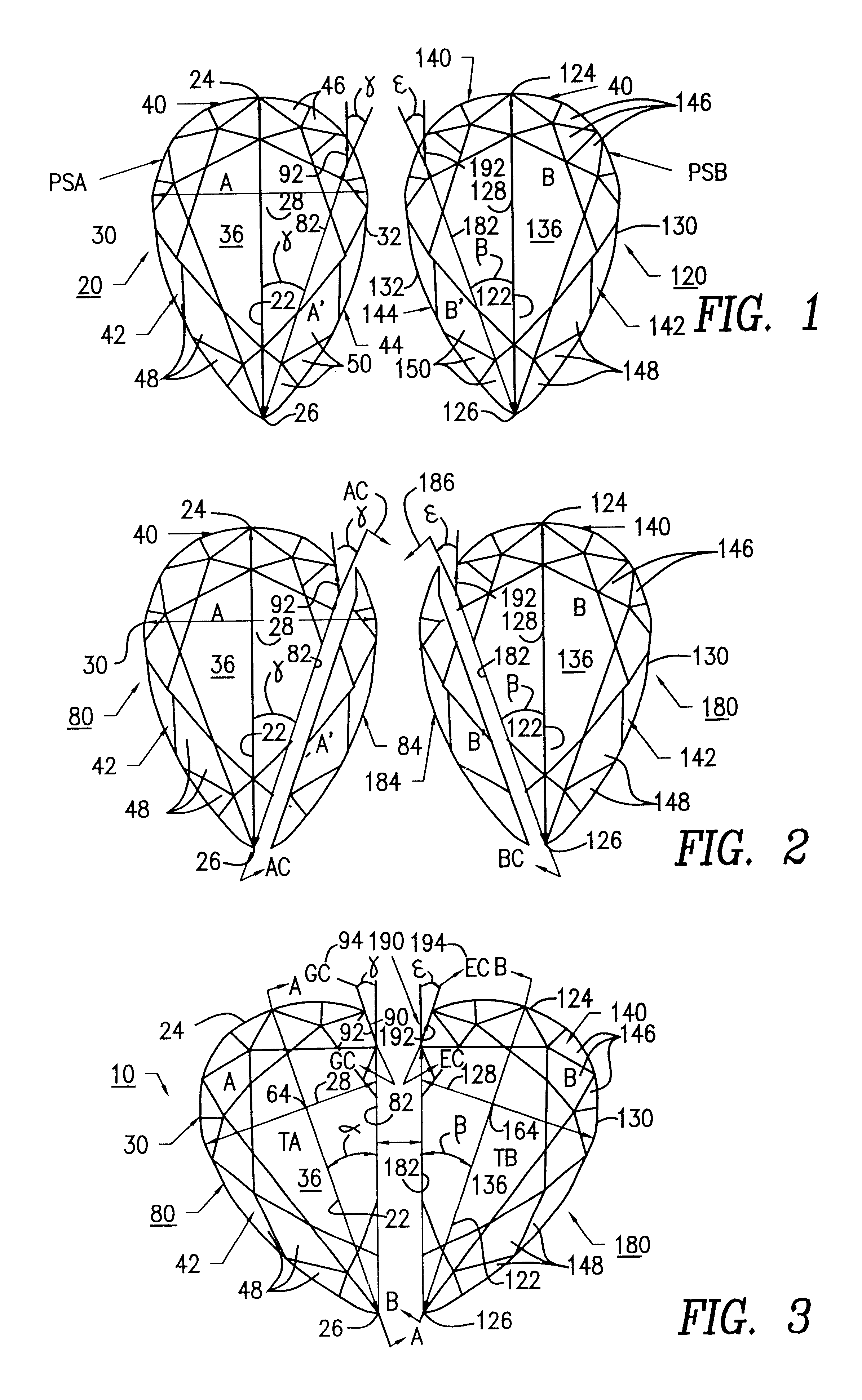
No matter how you choose to to celebrate this holiday, we encourage you to treat yourself to a the biggest box of chocolate you can find!
Suiter Swantz IP is a full-service intellectual property law firm providing client-centric patent, trademark, and copyright services. If you need assistance with an intellectual property matter and would like to speak with one of our attorneys, please contact us at info@suiter.com.
Honoring The International Day of Women and Girls In Science
The International Day of Women and Girls in Science is observed each year on February 11th by the United Nations to encourage the involvement of girls and women in the science fields.
The 6th International Day of Women and Girls in Science Assembly will be held virtually at the United Nations Headquarters. This year's theme will be “Women Scientists At the Forefront of the Fight Against COVID-19." The event will gather together experts working in fields related to the pandemic from different parts of the world.
According to UNESCO data, only around 30 percent of all female students select STEM-related fields in higher education. Across the globe, enrollment of female students is lower in natural sciences, mathematics and statistics as compared to men. Due to gender biases and lack of representation, women are often unable to navigate their way into the field.
In honor of the day, we’d like to share a few examples of nationwide organizations that recognize young girls and women in STEM. These organizations are helping provide resources and mentorship for girls and women with interest in pursuing careers in STEM.
The Perry Initiative in building the pipeline for women in engineering and medicine. The organization is compiled of various programs, including a one-day career exploration program for young women in high school interested in careers in surgery or engineering. These day-long programs are held at over 45 locations nationwide throughout the year. Participants perform mock orthopedic surgeries and conduct biomechanical engineering experiments, while also hearing from prominent women engineers and surgeons.
Girls Who Code is on a mission to close the gender gap in technology and to change the image of what a programmer looks like and does. Featuring programs that range from summer camps to elementary school clubs, Girls Who Code is reaching girls around the world and are on track to close the gender gap in new entry-level tech jobs by 2027. Since it's start in 2012, Girls Who Code has created 8,500 programs worldwide and reached over 300,000 girls through their in-person programming.
The Independent Fund for Women in Tech aims to help and empower women in technology and security, by providing assistance with entry tickets to conferences, and possible travel support. Having young women attend conferences is not only about getting access to talks and staying up to date with top notch research, but gives women community and networking opportunities.
National Center For Women and Information Technology (NCWIT)
NCWIT is revolutionizing the face of technology. As a non-profit community, NCWIT unites organizations to increase the influential and meaningful participation of girls and women at the intersections of race, ethnicity, class, age, gender identity, sexual orientation and disability status. While NCWIT has created programs for girls and young women interested in STEM, they also provide free, online research-based resources to help leaders implement change, raise awareness, and reach out to critical populations.
In order to achieve full and equal access to science-related resources for women and girls, these organizations and many others are determined to make a change.
Suiter Swantz IP is a full-service intellectual property law firm providing client-centric patent, trademark, and copyright services. If you need assistance with an intellectual property matter and would like to speak with one of our attorneys, please contact us at info@suiter.com.
Celebrating Black Pioneers in Science this Black History Month
American innovation is rich with the contributions and influence of many Black inventors and STEM professionals.
Get to know these notable Black inventors, pioneers and their technological and social advancements.

Lisa Gelobter
Lisa Gelobter is a computer science guru. In 2017, she founded tEQuitable, an independent, confidential platform to address issues of bias, harassment, and discrimination. Additionally, she has contributed to several Internet technologies, including Hulu and the framework for GIF images. In 2015, she began working at the White House where she redesigned and improved Healthcare.gov, the website used to enroll Americans in health insurance coverage under the Affordable Care Act. This involved reducing the redundancy of individual pages and making the application process more efficient.
Most recently, she worked in the White House as its Chief Digital Service Officer with the United States Department of Education. Gelobter served on the team that reconfigured the U.S. Department of Education's College Scorecard to provide users with comparative data of higher education institutions. Her improvements have helped students make decisions on which college is their best fit based on metrics of cost, graduation rate and employment rate.
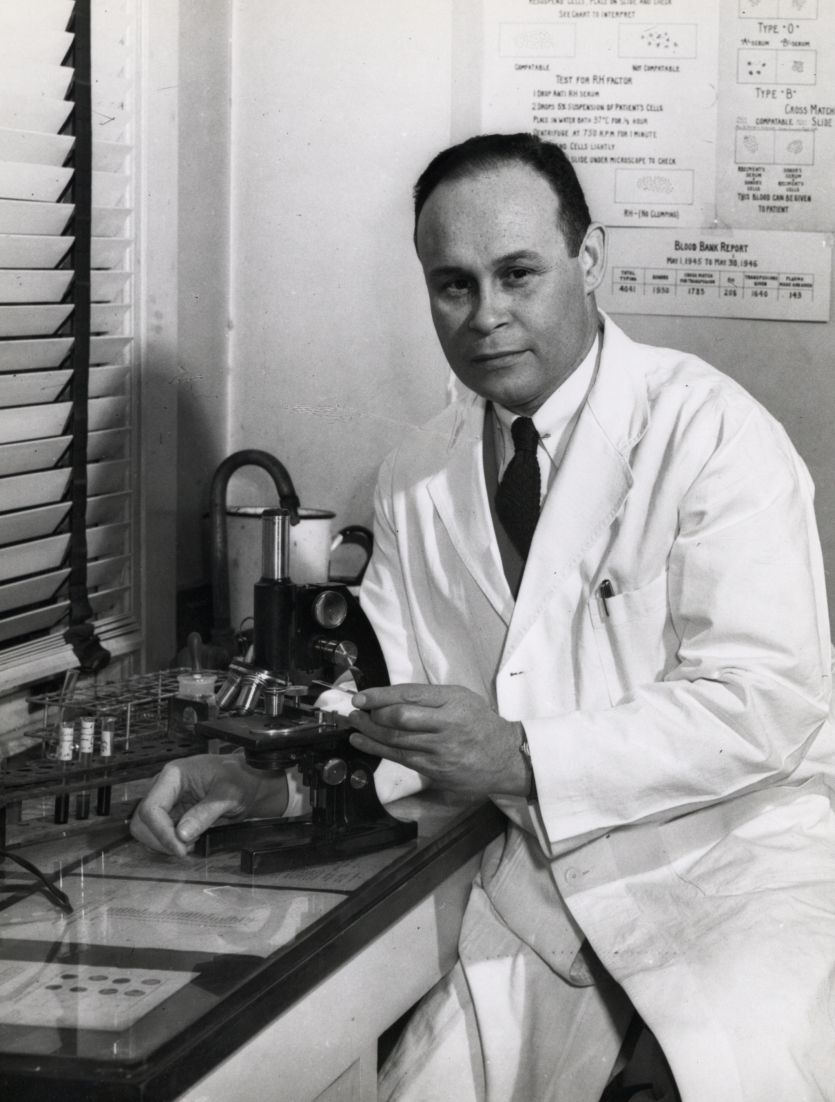
Charles Richard Drew
In a racially divided America, Dr. Charles Drew became of the most important scientists of the 20th century. Dubbed the "Father of the Blood Bank" by the American Chemical Society, he was a pioneer in discovering effective ways to preserve blood plasma during World War II. Drew not only saved thousands of lives, but innovated the nation’s blood banking process and standardized procedures for long-term blood preservation and storage techniques. Many of these methods were later adapted by the American Red Cross.
In 1944, the National Association for the Advancement of Colored People honored Drew with its 1943 Spingarn Medal for "the highest and noblest achievement" by an African-American. The award was given in recognition of Drew's blood plasma collection and distribution efforts.

Jessica O. Matthews
Jessica O. Matthews is a lot of things: a Harvard graduate, an American, a Nigerian, a Black woman, an inventor, and a CEO. At 19, she invented the Soccket, an energy-harnessing soccer ball that, after a few hours of play, stores energy for later uses. At its conception, Matthews was hopeful that the hybridized soccer ball would offer a replacement for the kerosene lamps which her family in Nigeria relied upon. The invention received praise from many, including President Barack Obama and Bill Gates.
At 22, she founded Uncharted Power. Headquartered in Harlem, the power technology company designs and implements renewable power structures across the globe. In 2020, the company announced its first U.S. sustainable infrastructure pilot in Poughkeepsie, NY. The system plans to convert the City of Poughkeepsie’s sidewalks and roads into an industrial IoT platform that streamlines the deployment and management of critical infrastructure, from power grids and broadband to sidewalks and water pipes. With more than 12 patents and patents pending, Matthews and Uncharted Powers continue to bridge the smart grid and smart city gap.

Shirley Ann Jackson
Shirley Ann Jackson arrived at Massachusetts Institute of Technology (MIT) in the fall of 1964 as one of just a handful of Black students in her undergraduate class. Her nine years spent at MIT, an undergraduate and graduate student studying physics, she later became the first African-American woman to receive a PhD from the university.
While working at Bell Laboratories, Dr. Shirley Jackson conducted experiments in theoretical physics to foster advances in telecommunications research. Her breakthrough basic scientific research that enabled others to invent the portable fax, touch tone telephone, solar cells, fiber optic cables, and the technology behind caller ID and call waiting. Additionally, she chaired the U.S. Nuclear Regulatory Commission and co-chaired President Obama’s President’s Intelligence Advisory Board. Since 1999, Jackson has been president of Rensselaer Polytechnic Institute, the oldest technological research university in the United States.

Lonnie Johnson
Lonnie Johnson, a former Air Force and NASA engineer, invented the top selling water toy of all time - The Super Soaker. During his time at NASA, Johnson worked on the Galileo mission to Jupiter, the Mars Observer project, and the Cassini mission to Saturn. He earned multiple awards from NASA for his spacecraft control systems In 1989, Johnson formed his own engineering firm and licensed the Super Soaker water gun. Two years later, the Super Soaker, generated over $200 million in retail sales, and became the number one selling toy in America. Currently, Johnson holds over 100 patents and is the author of several publications on spacecraft power systems.
While we continue to honor and celebrate Black inventors, we must also recognize the barriers many have faced. Historically, the U.S. patent system has been very difficult for Black inventors to access due to a lack of resources. Throughout history, the patent system wasn’t available to much of the Black population, stymieing their participation. Many of those effects still linger. Harvard University researchers found in 2018 that whites are over three times more likely to become inventors as Blacks. The Information Technology and Innovation Foundation found African Americans, while making up 13% of the U.S.’s native-born population, comprised less than 1% of the U.S.-born innovators it surveyed.
As America looks forward, we must strive toward an inclusive, diverse and accessible patent system.
Suiter Swantz IP is a full-service intellectual property law firm providing client-centric patent, trademark, and copyright services. If you need assistance with an intellectual property matter and would like to speak with one of our attorneys, please contact us at info@suiter.com.
The Super Bowl: Brought to You by Intellectual Property!
As the Kansas City Chiefs and the Tampa Bay Buccaneers get ready for Super Bowl Sunday, intellectual property protections and innovations are helping to make the event exciting and successful.
From copyrighted phrases to trademarked team logos, IP underlies much of the infrastructure that has helped the Super Bowl achieve success over its 50-year history.
Super Bowl and Super Sunday
When watching commercials and certain coverage for the big day, have you ever noticed that you don't often hear the term “Super Bowl?" The National Football League (NFL) has a trademark and copyright on the term as well as for “Super Sunday”.
The NFL views any commercial activity that uses or refers to the “Super Bowl” to draw attention as a violation of its trademark rights. For example, the use in advertising of taglines such as “Get the Best View of the Super Bowl” for big-screen TVs has routinely led to the issuing of cease-and-desist letters. The NFL may make a claim directly against the advertiser, as well as against a broadcaster or other news organization that publishes the ad.
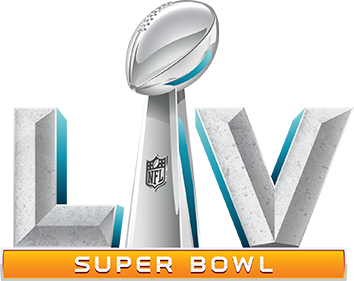
Pepsi Half-Time Show
Since 2012, Pepsi has been the official sponsor of the Super Bowl Half-Time Show. With more than 100 million viewers tuning in, The Pepsi Super Bowl Halftime Show is one of the most talked about moments in music and entertainment.
Before it's multi-million dollar sponsorship deal with the NFL, Pepsi started out as a beverage created by Caleb Davis Bradham in 1893. The mixture of sugar, water, caramel, lemon and nutmeg was named "Pepsi-Cola" in 1898. In late 1902, the Pepsi-Cola Company was formed due to the rising popularity and demand for the Pepsi-Cola Syrup. The business began to grow, and on June 16, 1903, "Pepsi-Cola" became an official trademark. By 1904, the Pepsi-Cola Syrup sales reached almost 20,000 gallons.
Since then, Pepsi has become a "Super Bowl" staple and a multi-billion dollar company.
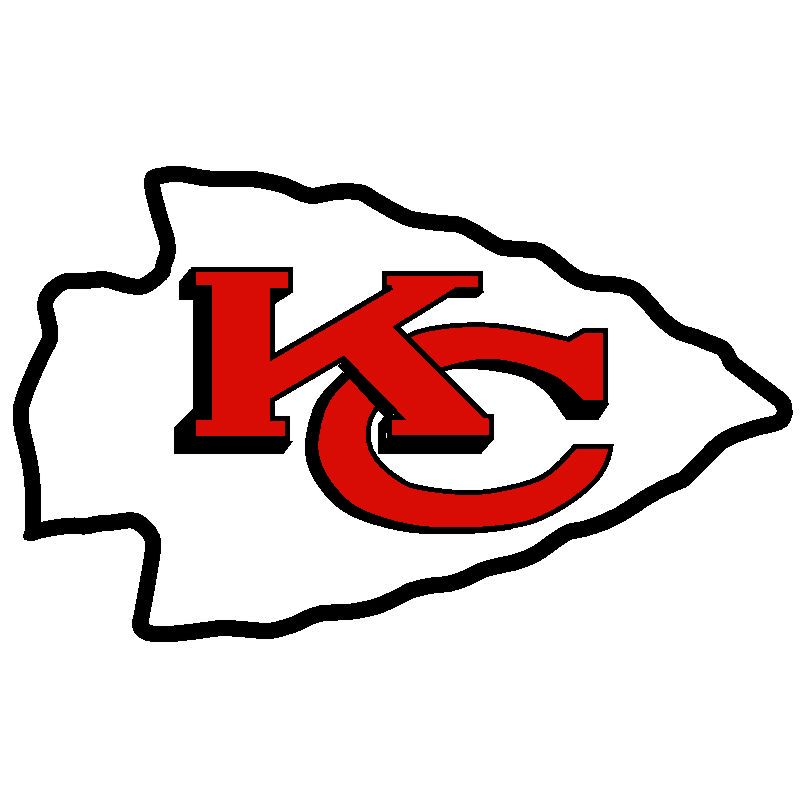
Kansas City Chiefs Logo
The creation of the Kansas City Chiefs logo, an arrowhead with interlocking ‘KC’ letters, was inspired by the San Francisco 49ers logo. The Chiefs have filed several trademarks for their logo, which have essentially never changed. The first filing of the logo came in October of 1971.
An additional trademark filing for the Kansas City Chiefs came in May 2018. The filing was for a brand of beer, KC Blonde Ale, the first “beer-branded” trademark filing by an NFL team that involved the team’s name and logo. The team did release another beer in 2014 for Kingdom Red Ale, however, a trademark filing was never made.
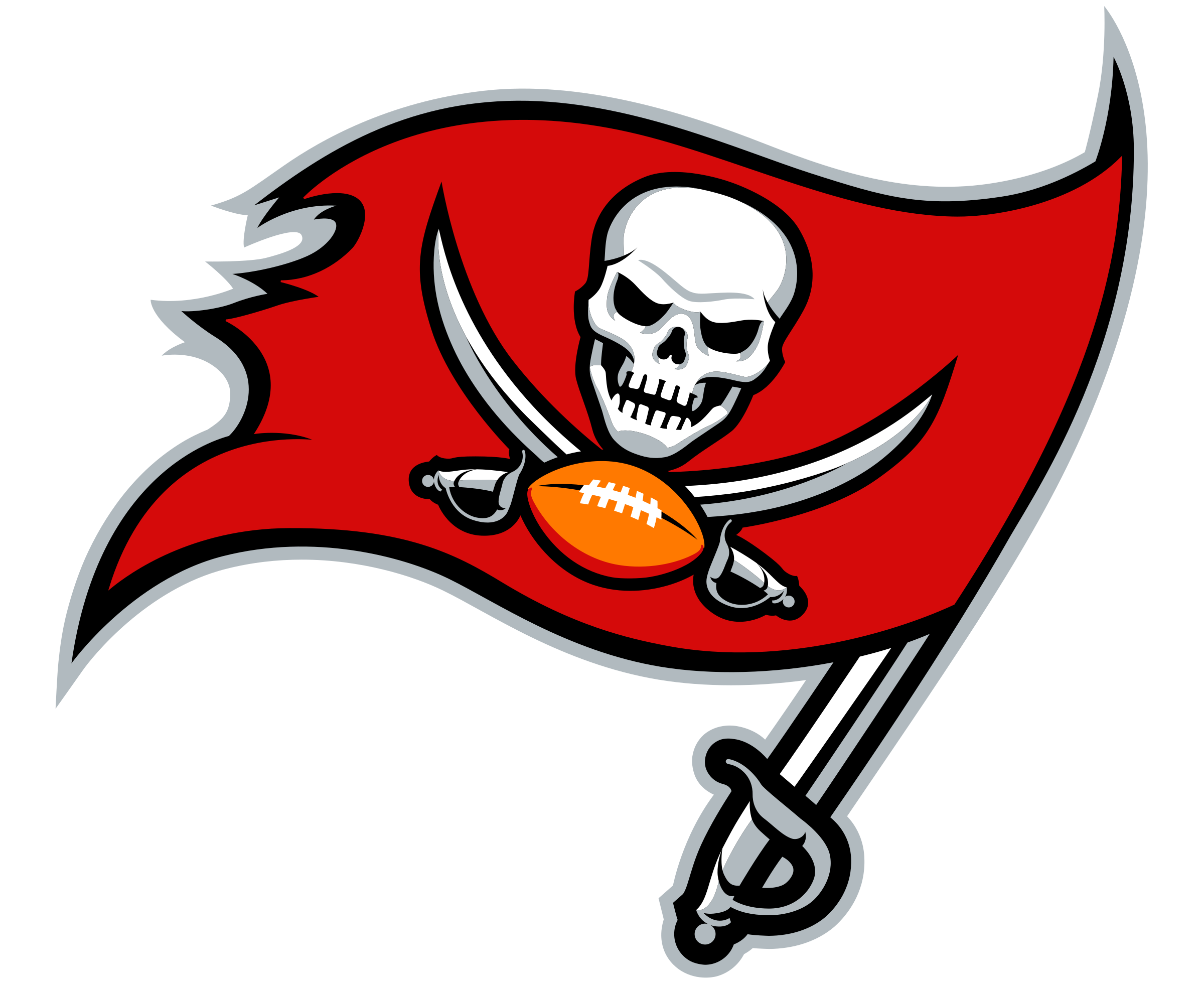
Tampa Bay Buccaneers Logo
The very first emblem for Tampa Bay Buccaneers was trademarked and designed in 1976. It featured an image of a winking pirate wearing a red plumed hat and an earring, and holding a dagger in his teeth. Since then, the team has redesigned their logo into what we know today.
However, trademarks for the team doesn't stop with their logo. Tampa Bay Buccaneers quarterback, Tom Brady, sought out trademarks for merchandise showcasing his new team. Requests for the phrases, "Tompa Bay" and "Tampa Brady," were filed Spring 2020. The application calls for the intended use on clothing, including jerseys and headwear.
Whether you're cheering on a team or just tuning in for the half-time show, the "Super Bowl" is filled with some historic intellectual property!
Suiter Swantz IP is a full-service intellectual property law firm providing client-centric patent, trademark, and copyright services. If you need assistance with an intellectual property matter and would like to speak with one of our attorneys, please contact us at info@suiter.com.
Matt Poulsen Teaching Patent Law Course at University of Nebraska College of Law
Suiter Swantz IP Co-Owner and Patent Attorney Matt Poulsen is teaching Patent Practice and Innovation Management at the University of Nebraska College of Law this spring.
The course focuses on the lifecycle of patent-protected innovation and helps give students an understanding of the nature of patents, how patents are obtained, and the strategic use of patents.
Matt Poulsen is a patent attorney and co-owner of Suiter Swantz IP. Matt obtained his Ph.D., M.S. and B.S. in physics from the University of Nebraska and his Juris Doctor from the University of Nebraska College of Law, graduating with distinction.
Matt represents clients from Fortune 500 companies, universities, startup companies, and individual inventors. His practice is generally focused on IP procurement and protection as well as U. S. and foreign patent preparation and various trademark, copyright, and trade secret matters. Matt also advises clients with respect to various startup related activities, such as early-stage IP strategy.
Suiter Swantz IP is a full-service intellectual property law firm providing client-centric patent, trademark, and copyright services. If you need assistance with an intellectual property matter and would like to speak with one of our attorneys, please contact us at info@suiter.com.

